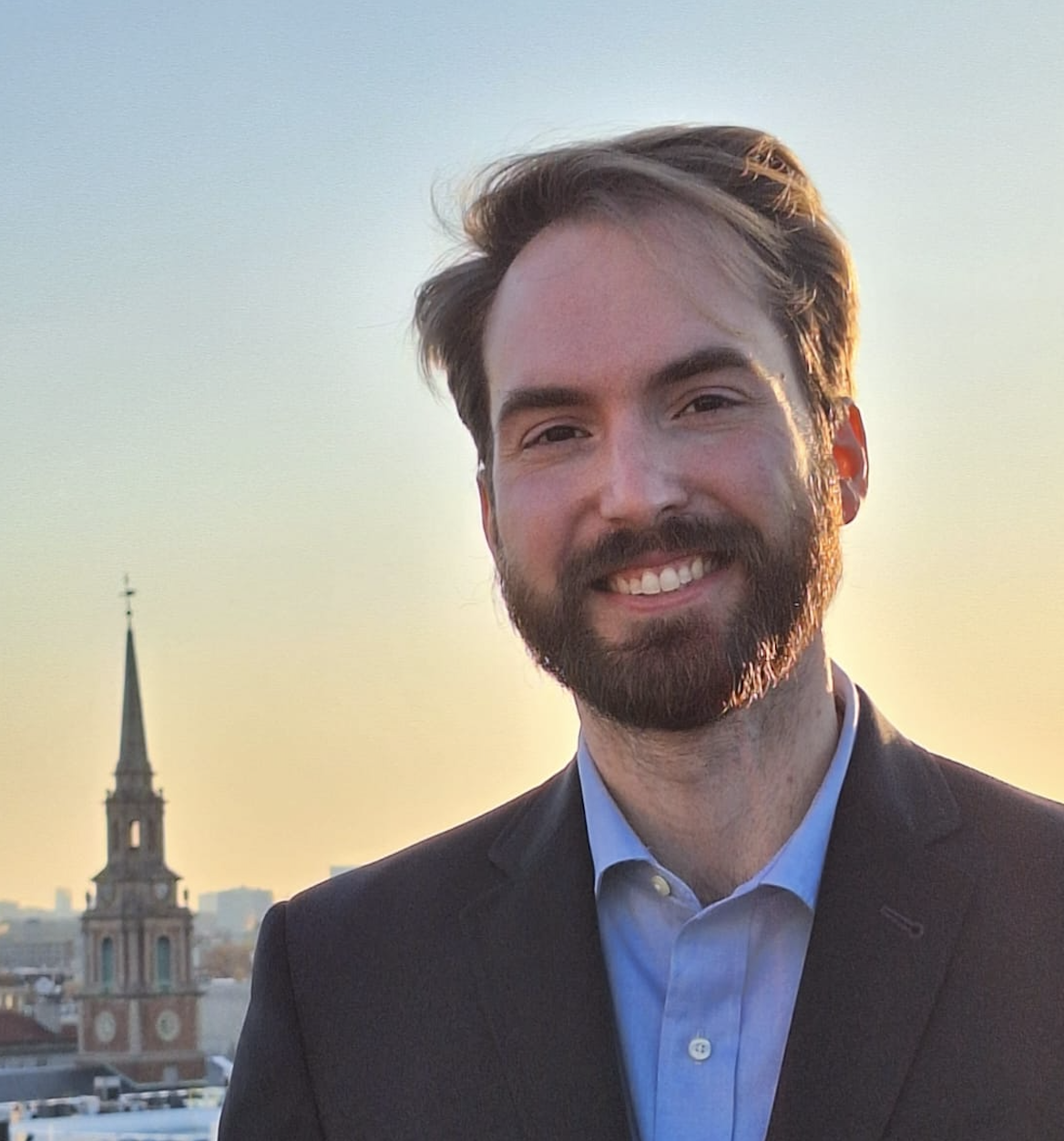
Ted Parker is a student at Harvard Law School and a member of the Labor and Employment Lab.
Yesterday, the Supreme Court granted the Trump administration’s application for a stay on a D.C. District Court’s order to reinstate Gwynne Wilcox to the National Labor Relations Board (NLRB). As John reported last month, Wilcox’s reinstatement order was previously stayed by the Supreme Court on April 9 “pending further order . . . of the Court.” Yesterday’s stay was that “further order.”
In a sense, nothing has changed. Wilcox’s reinstatement continues to be stayed, and her case continues to work its way through the D.C. Circuit (as I wrote about on Monday) headed eventually to the Supreme Court for a decision on the merits. What has changed is that the Supreme Court has now given us more clues about how it may rule once Wilcox’s case gets there. The April 9 stay was a bare order. Yesterday’s came with a two-page justification (with an eight-page dissent by the liberal justices).
It should be emphasized that the Court’s reasoning at this stage is provisional, enough to justify a stay but not final disposition of the case. Still, two of the Court’s interim judgments are highly suggestive.
First, the Court “judg[es] that the Government is likely to show that . . . the NLRB . . . exercise[s] considerable executive power,” making its removal protections presumptively unconstitutional. The Court acknowledges that there are “narrow” exceptions to this doctrine (referring to Humphrey’s Executor) but declines to “ultimately decide in this posture whether the NLRB . . . falls within such a recognized exception,” leaving that question (the one that matters most) “for resolution after full briefing and argument.”
Second, the Court “disagree[s]” with Wilcox’s assertion that this case “necessarily implicate[s]” the removal protections of the governors of the Federal Reserve Board. Judging that the Court would shrink from stripping away those removal protections, Wilcox hoped to tie her cause to the Fed’s, but as Andrew wrote yesterday, the Chamber of Commerce has offered a way of distinguishing the two institutions. The Supreme Court has now signaled its judgment that, at least in principle, the two could be distinguished (a carve-out that may reassure markets).
While both these judgments are concerning, each is qualified: the Court refrained from opining on whether the NLRB removal protections fit within the Humphrey’s Executor exception and on whether the Fed’s removal protections should be distinguished from the NLRB’s. In other words, nothing here is decisive. As before, we will have to wait for Wilcox’s case to make its way through the D.C. Circuit before it can be finally resolved by the Supreme Court.
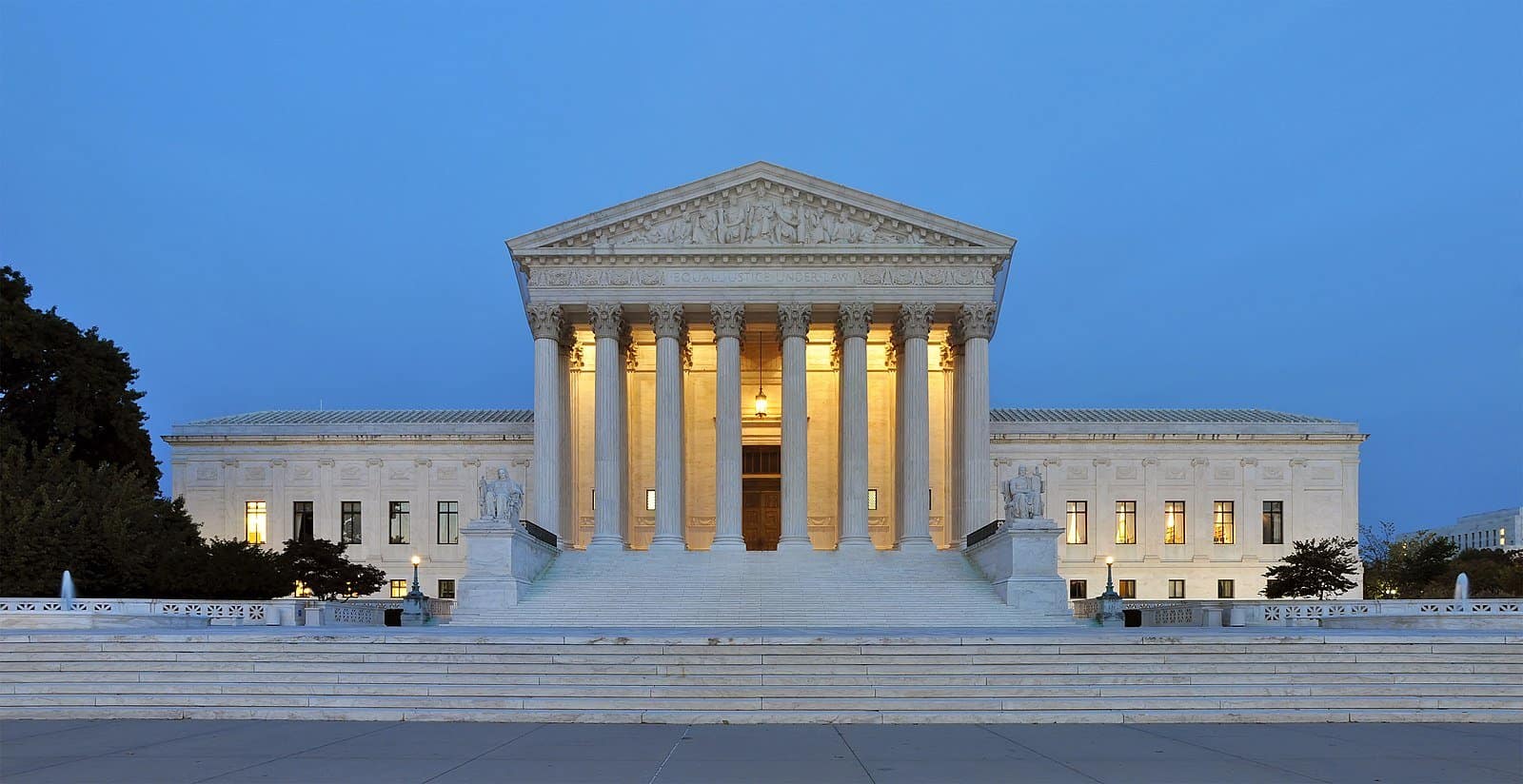
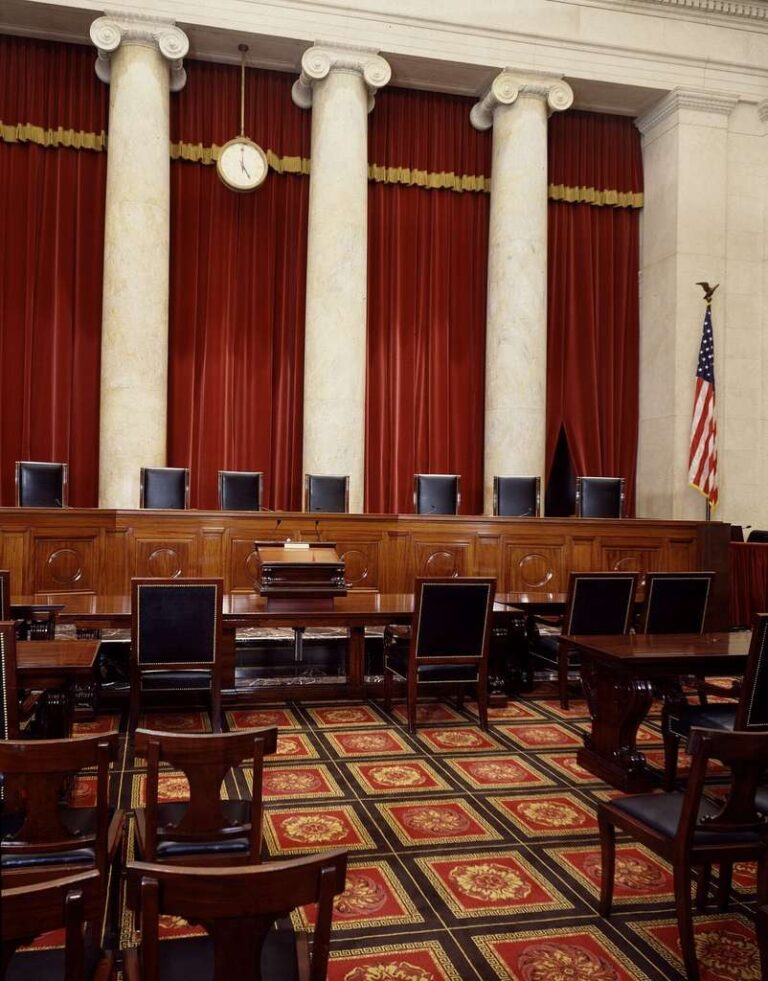


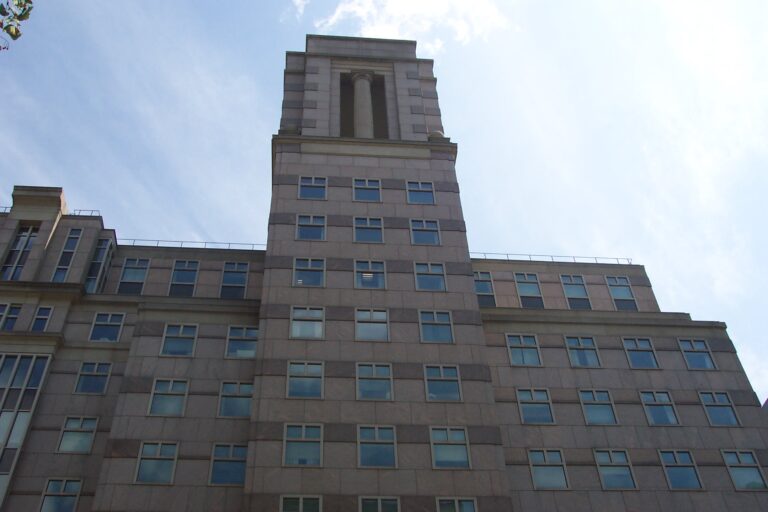
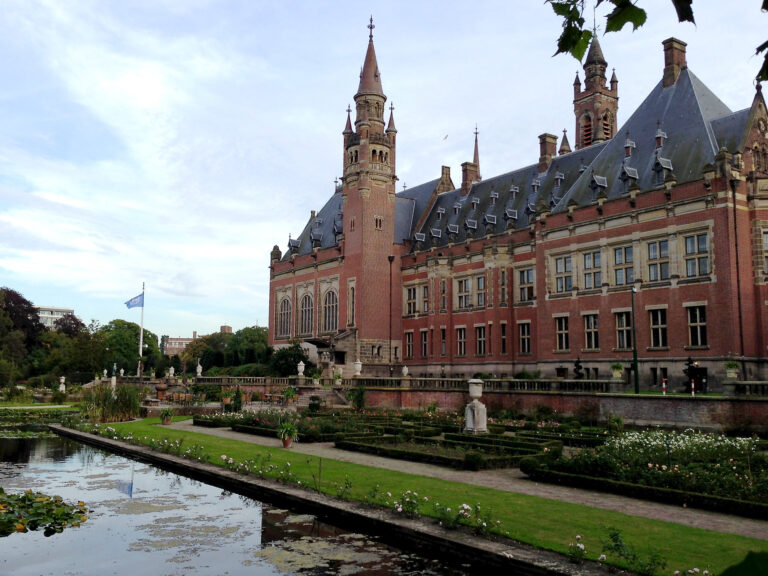




Daily News & Commentary
Start your day with our roundup of the latest labor developments. See all
November 24
Labor leaders criticize tariffs; White House cancels jobs report; and student organizers launch chaperone program for noncitizens.
November 23
Workers at the Southeastern Pennsylvania Transportation Authority vote to authorize a strike; Washington State legislators consider a bill empowering public employees to bargain over workplace AI implementation; and University of California workers engage in a two-day strike.
November 21
The “Big Three” record labels make a deal with an AI music streaming startup; 30 stores join the now week-old Starbucks Workers United strike; and the Mine Safety and Health Administration draws scrutiny over a recent worker death.
November 20
Law professors file brief in Slaughter; New York appeals court hears arguments about blog post firing; Senate committee delays consideration of NLRB nominee.
November 19
A federal judge blocks the Trump administration’s efforts to cancel the collective bargaining rights of workers at the U.S. Agency for Global Media; Representative Jared Golden secures 218 signatures for a bill that would repeal a Trump administration executive order stripping federal workers of their collective bargaining rights; and Dallas residents sue the City of Dallas in hopes of declaring hundreds of ordinances that ban bias against LGBTQ+ individuals void.
November 18
A federal judge pressed DOJ lawyers to define “illegal” DEI programs; Peco Foods prevails in ERISA challenge over 401(k) forfeitures; D.C. court restores collective bargaining rights for Voice of America workers; Rep. Jared Golden secures House vote on restoring federal workers' union rights.